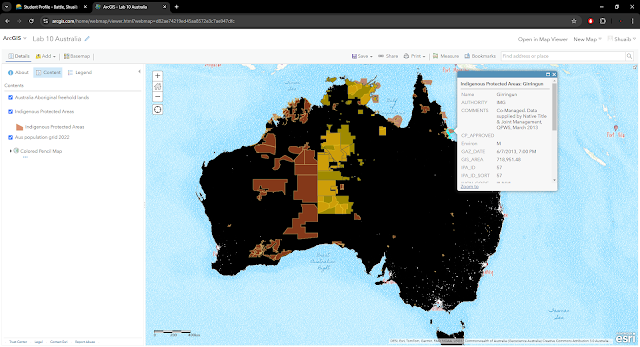map link:
https://arcg.is/1LHPaP
the continent of North America extends from the Canadian Arctic through the United States and Mexico to the narrow Isthmus of Panama, The physiographic regions of North America are well-defined and are commonly recognized by its residents. Most of Canada’s land area consists of boreal forest, known as taiga in Russia This boreal forest consists of coniferous trees, such as spruce and pine, and is characterized by a cold climate. This large stretch of woodland has been an important resource for Canada's indigenous communities. The rocky landscape of the Canadian Shield spans not only the Arctic regions and central Canada. Although Christopher Columbus is often credited with “discovering” America, the landmass was inhabited long before Europeans made contact. Most likely, early migrants to the Americas traveled from Asia through the Beringia land bridge that once connected Siberia and Alaska over 10,000 years ago. European colonization completely changed the cultural landscape of North America. The United States was still primarily based on agriculture and natural resource production. Some of the early innovations in industry were thus based on these raw resources
North America’s urban landscape has been shaped both by colonization and by industrialization. Most of the early settlements in the region were small and were located close to the eastern coast. In historical North American cities, the central city was home to most of the jobs and services and had relatively high-density housing. Because everything was located close to the city center, people could often walk from home to work or take efficient transit systems like streetcars. Canada and the United States have relatively strong economies, but income inequality persists. In the United States in particular, around 12 percent of people live below the poverty line.





No comments:
Post a Comment